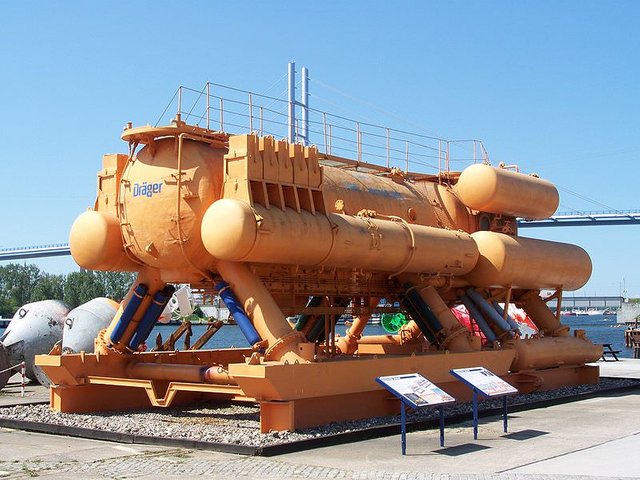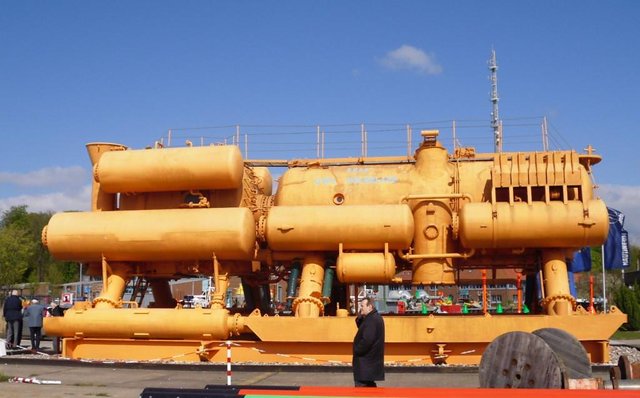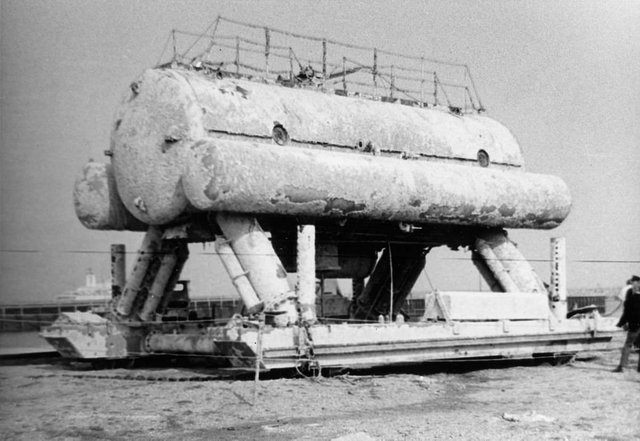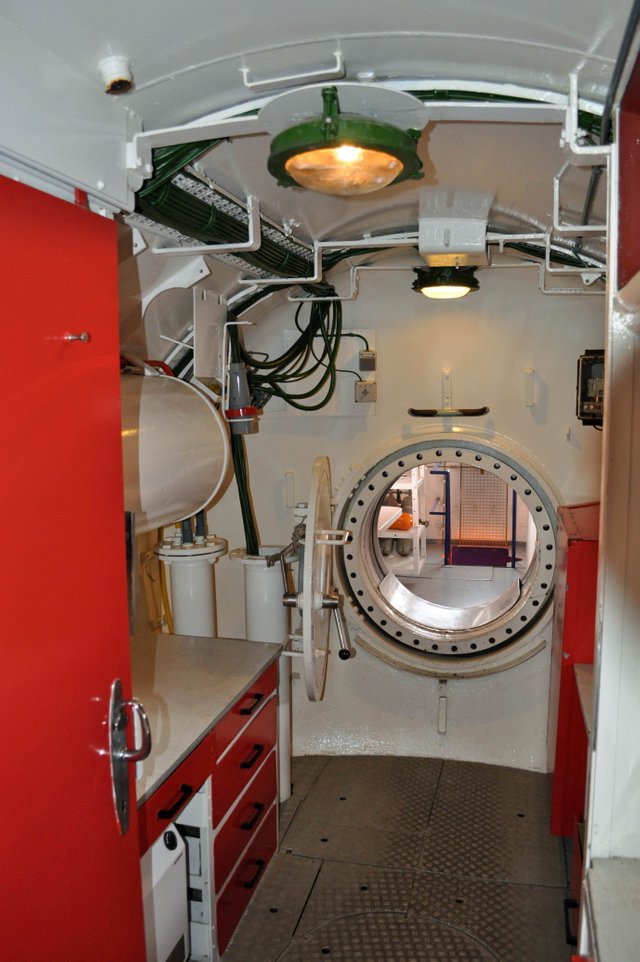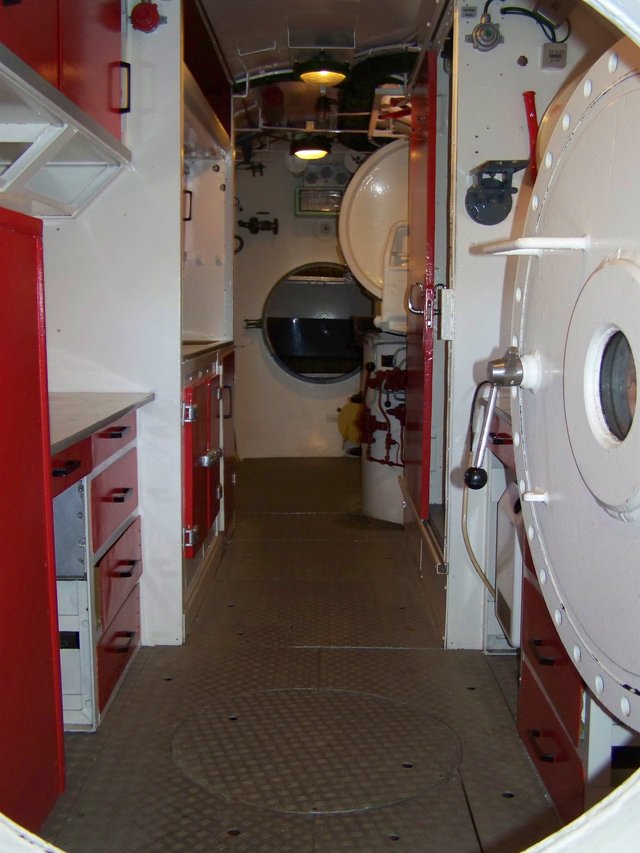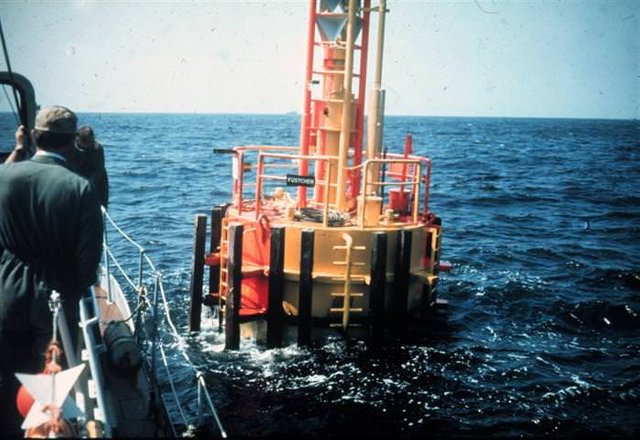Historical Underwater Habitat Showcase, Part 7: Helgoland (Patreon)
Content
Helgoland was an odd duck. Named for the archipelago it was deployed near, Helgoland was unique in that it was the only habitat of the golden age of Man in the Sea projects to be designed for such cold waters.
It was also the only habitat ever to be expanded upon. The two images above depict Helgoland in its final, expanded form. However below you can see Helgoland as it was originally built, before the additional module was attached:
It would be comparable to how the ISS or MIR were assembled on orbit in a modular fashion, except that Helgoland's expansion module was not docked to it while underwater. Rather it was removed from the water and brought to a shipyard for that procedure.
Above you can see the interior, looking from the main habitat into the expansion module. The original habitat was built in 1969, the expanded version was then used between 1972 and 1981.
It was also deployed off Eckernförde at a depth of 30 feet, off Helgoland once more in 1973 at a depth of 75 feet, in Lübeck Bay in 1974 at a depth of 49 feet, off Rockport in 1975 at a depth of 108 feet and from 1975 to 1981 in Lübeck Bay between 36 and 49 feet.
It's sort of surprising that three people died during this habitat program without it being shut down, when the death of a single Sealab III aquanaut resulted in the project's cancellation. Karl-Heinz Schumann and the student Winfried Kreytenberg died December 6, 1969 at a depth of 82 feet nearby Düne island, while working on disconnecting the underwater laboratory's supply line.
Perhaps aquanauts were expected to go in knowing the risks, and their deaths were viewed differently in Germany. Or perhaps there is something to be said for forging ahead with ambitious projects in spite of tragedy, in honor of those who gave their lives to support it.
Anyway, that's all for this installment. Stay tuned for more!
